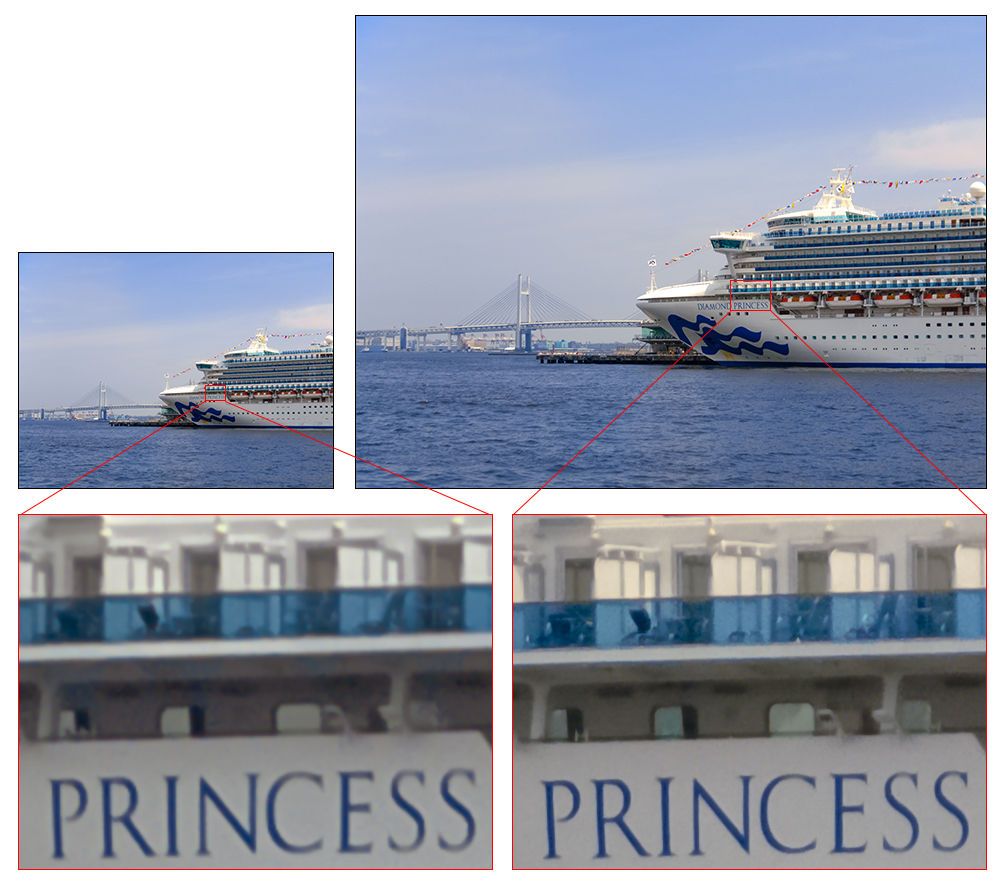48 Mp Camera Technology Explained
Apr 30, 2019 • 27 views

Hello guys,
It's been talked about 48 MP camera of many smartphones everywhere in the tech world these days, but there comes a question that is 48 MP even real or it's just a gimmick? Let's take a broader look at it and understand what's behind the curtain.
At present, the 48-megapixel camera is offered by Samsung's GM1 and Sony's IMX586 sensors.
Samsung's sensoris a 0.8μm-pixel sensor in Redmi Note 7 is really a 12MP sensor that comes out in a 48MP picture by combining 4 pixels into 1. Along these lines, regardless of whether the yield picture is from 48MP, it is really from a 12MP sensor. The Samsung ISOCELL Bright GM1 sensor utilizes four-in-one pixel binning technology to make a 12MP picture into a 48MP picture.
GM1 sensor is based on the Samsung’s latest pixel isolation technology – the ISOCELL Plus* – which optimizes performance especially for smaller-dimension pixels, making them the ideal solution for today’s super-resolution cameras. In addition, thanks to Tetracell technology, where four pixels are merged to work as one to increase light sensitivity, the GM1 can deliver light sensitivity equivalent to that of a 1.6μm-pixel image sensor at 12MP and 8MP resolution
Sony's IMX586 sensoruses the Quad Bayer color filter array, where adjacent 2x2 pixels come in the same color, making high-sensitivity shooting possible. During low light shooting, the signals from the four adjacent pixels are added, raising the sensitivity to a level equivalent to that of 1.6 μm pixels (12 megapixels), resulting in bright, low noise images. Check out the sample pics.

In addition to these advantages, original Sony exposure control technology and signal processing functionality are built into the image sensor, enabling real-time output and a superior dynamic range four times greater than conventional units. Even scenes with both bright and dark areas can be captured with minimal highlight blowout or loss of detail in shadows.
What is Pixel Binning?
The pixel binning is basically an ISP level implementation - a process where in 4 pixels combine information into 1 pixel. In Samsung GM1 sensor, pixel binning takes pixels in a 2×2 grid and combines them into one.

In this way, the data captured by 4 individual pixels are combined into one expansive pixel that is additionally called Super Pixel.
This information gathered by 4 adjoining pixels combine into one "super pixel" and this is called pixel binning.
Be that as it may, the subsequent picture of this 4-in-1 pixel binning has a viable goal 4x of the resolution of the sensor. Subsequently, by joining raw information from four pixels into one, the yield picture is of higher resolution as it captures a bigger measure of light and furthermore diminishes the noise from the image.
What is the purpose of binning?
The purpose behind pixel binning is to build the higher signal-to-noise ratio (SNR or noise reduction), a key measurement in simple applications, (for example, image detecting). In the present day camera, this is especially valuable to acquire higher brilliance in outrageous low-light conditions.
Note that a few sensors do average binning, instead of added substance binning. It is an alternate method for improving the signal to noise ratio, so the two systems lead to a comparable objective. It's not in every case clear which is the best, and it relies upon the specific circumstance.
With less noise from the analogue information, the picture can be exposed to more elevated amounts of additions/enhancements amid the post-preparing stage. This will likewise offer a chance to acquire higher quality low-light pictures.
So, what are your views about the 48 MP camera technology after reading this post?
Let us know in the comments below!
